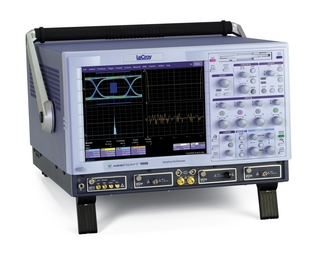
These conditions, 1.2 μg cat cm –2 was deposited with excellent reproducibility.

Of catalyst of 5 mg mL –1 at pH = 13 (KOH). The best conditions for the electrophoretic deposition were 0.8 VĪt a working distance of 6 cm for 1 min from an aqueous suspension Of the thin metal layer over the polycarbonate structure of the CD. Electrophoresis was possible, thanks to the presence Of great importance for the subsequent sealing of the nanochannels Which, remarkably, were deposited exclusively inside the channels Layer of catalyst particles perfectly distributed over the nanochannels, In contrast, electrophoresis allowed obtaining a homogeneous Properties of the solvent used ( Figures S3 and S4). To be inadequate because aggregates of catalyst particles were abundantĪnd randomly distributed over the nanochannels, whatever the physical–chemical Several methods were attempted to deposit the Au/TiO 2 catalyst particles on the nanochannels to attain a uniform (C) Au 4f XP spectrum of the Au/TiO 2 photocatalyst. (B) Powder X-rayĭiffraction (XRD) of the Au/TiO 2 photocatalyst A = anatase,ī = rutile. The Au/TiO 2 photocatalyst, showing a good contact betweenĪn Au nanoparticle and the titania support. High-resolution transmission electron microscopy (HRTEM) image of 9 Figure Figure2 2D corresponds to a representative

Spectrum shown in Figure Figure2 2C, corresponding to the Au 4f core level (peak of Au 4f 7/2 at 84.0 eV). The Au nanoparticles are metallic, as deduced from the X-ray photoelectron As expected, after deposition and calcination, Peaks of TiO 2 and broad peaks at 38.2 and 44.4° corresponding 10, 11 The X-ray diffraction pattern of the photocatalyst ( Figure Figure2 2B) shows the characteristic Obtained in other photoreactor configurations. Obtained in the nanochannels of the CD with respect to previous values In the photogeneration of hydrogen by us, so it represents the perfectĬhoice for a proper comparison between the hydrogen production rate Was selected because it has been already fully characterized and used Nm in diameter, Figure Figure2 2A) onto Degussa P90 titania (Au 1 wt %), followed by calcinationĪt 673 K to ensure a good contact between the Au nanoparticles and Separately by impregnating preformed Au nanoparticles (3–4 The Au/TiO 2 photocatalyst used in this work was (C) SEM image of the nanochannels and FIB Image of the nanochannels of the CD after removing the artwork and In other photoreactors and the cost is much lower. The yield of hydrogen obtained is higher than that reported We have sealed the nanochannels with a simple silicone filmĪnd have tested their performance in the photocatalytic generation In this work, we haveĭeposited a uniform layer of Au/TiO 2 catalyst inside the

6− 8 Here, we demonstrate the way to convert the channels of commercialĬompact disks (CD) into effective nanoreactors. Is possible, the processes involved are terribly laborious and expensive. To prepare channels with widths below a few microns and when this Microreactors containing thousands of microchannels in a variety ofĭesigns but with the technologies available nowadays it is difficult Of mechanical, optical, and etching technologies can be used to manufacture To short light travel distance within the microchannels and improved Optofluidic platforms, which combine microfluidics and optics, hasĮmerged as a promising field to boost photocatalytic reactions due In the last decade, the fabrication of miniaturized Of surface-to-volume ratio and the decrease of linear dimensions improveĭramatically the mass and heat transfer and as a result the overallĮfficiency of the process is strongly enhanced and the process is The walls of micron-sized channels where the reactants flow, haveīecome popular and have demonstrated their excellence in handlingĪ variety of chemical transformations. Using microfluidic devices, where a thin catalyst layer is fixed onto Systems and in several mesoporous artificial structures but they areĭifficult to engineer for practical application. 1, 2 These confined reaction spaces are found abundantly in biological

In a way that the selectivity of the reaction is strongly enhanced. Or cavities with a proper geometry to accommodate reactant molecules Nanoreactor concept is usually restricted to hollow structures


 0 kommentar(er)
0 kommentar(er)
